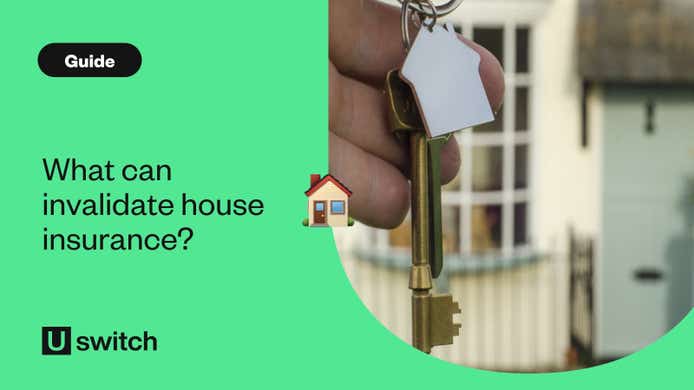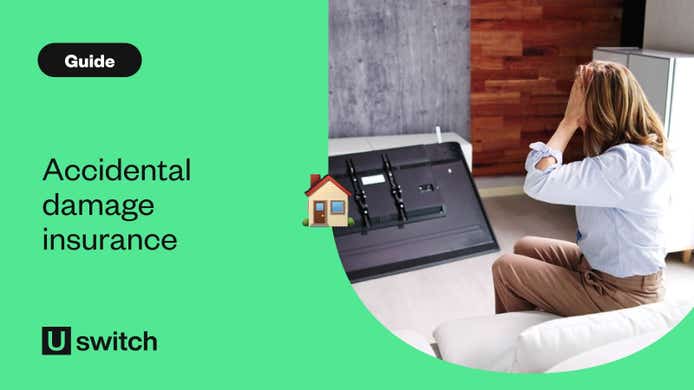How to claim on home insurance
Making a claim might feel daunting, especially if you’re dealing with damage or loss at the same time. Here’s what usually happens when making a buildings and contents insurance claim:
Step 1 - Check your policy
Before you pick up the phone or go online, take a few minutes to check your policy documents. Make sure whatever’s happened is covered and look at any conditions, limits or excess amounts that might apply. That way, you won’t be caught off guard.
Step 2 - Contact your home insurance provider
Next, let your insurer know about the damage or loss as soon as possible. Most have 24/7 claims lines or online forms. They’ll guide you through what they need and may ask for details like when and how the incident happened.
Step 3 - Take photos and document evidence
Try to gather as much evidence as you can. Photos, videos, receipts or even police reports (if it’s something like theft) can help support your claim. Keep hold of damaged items if it’s safe. Your insurer might want to inspect them.
What information will my insurer need?
When you make a claim, your insurer will usually want:
- Your policy number and personal details
- The date and time of the incident
- A description of what happened
- Evidence of the damage or loss, like photos, receipts or reports
- Details of any work you’ve done already to make things safe
The more detail you can provide, the smoother the process is likely to be.
What are the next steps after making a claim?
Once you’ve submitted your claim:
- Your insurer might send a loss adjuster to assess the damage
- They’ll review your evidence and decide what’s covered
- You’ll get an offer for repairs, replacements or a payout, depending on your policy
How long do home insurance claims take?
It varies. Straightforward claims could be sorted in a week or two. More complex cases, like major repairs, could take longer. Your insurer should keep you updated. If you’re unsure, don’t be afraid to ask for a timeline.
What to avoid when making a home insurance claim
Here's a few simple things that can help you avoid invalidating your home insurance:
- Don’t delay telling your insurer. Prompt reporting matters
- Don’t throw away damaged items until you’ve checked if they need to be seen
- Be honest and accurate. Giving false info could invalidate your claim
Common home insurance claims
| Type of claim | Example |
|---|---|
| Water damage | Burst pipe or leaking roof |
| Theft | Break-in or stolen valuables |
| Storm damage | Roof tiles blown off or fallen tree damage |
| Accidental damage | Spilled paint on carpet or smashed window |
| Fire damage | Kitchen fire causing smoke and heat damage |
| Flood damage | Water entering home from overflowing river |
Compare home insurance quotes
See a range of home insurance quotes in just a few minutes when you compare with Uswitch
FAQs
How soon can you claim on home insurance?
You can usually claim on home insurance as soon as your cover starts and an insured event occurs unless your policy says otherwise. Just make sure you report the claim to your insurer as quickly as possible after the incident.
What can you claim on home insurance?
You can claim for damage or loss caused by events covered in your policy. This could include things like fire, theft, flooding, storm damage or accidental damage if you have that cover.
Will the cost of home insurance go up after a claim?
Yes, making a claim can affect your premium. Insurers may see you as higher risk and increase the cost at renewal, though it depends on the claim and your policy.
Is it worth making a claim on home insurance?
Whether it’s worth making a claim depends on the cost of the damage versus your excess and potential premium rise. For smaller issues, you might decide to cover the cost yourself.




